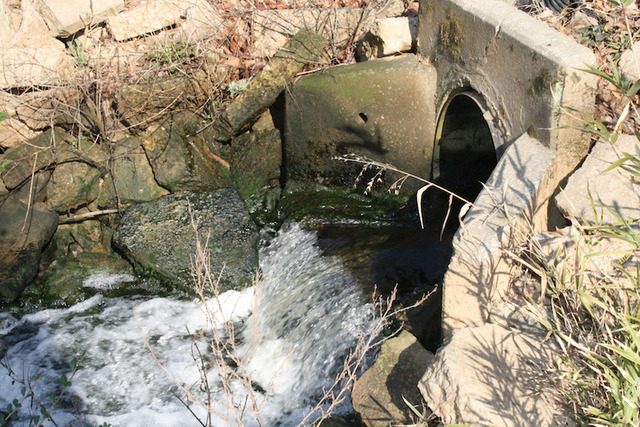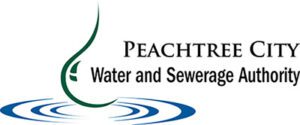Apr 18, 2016 by Chris Wood, Ph.D.

peachtree city water and sewerage authority, pcwasa, pcwasa wastewater treatment, pcwasa wastewater facilities, pcwasa line creeklarry b turner plant, pcwasa rockaway plant
The wastewater treatment processes of PCWASA have been designed to treat domestic, commercial and industrial discharges from Peachtree City residents, businesses and industries, which are connected to the Authority’s collection and conveyance system.
The wastewater flow from PCWASA customers passes through the system’s splitter box prior to treatment in one of the utility’s two wastewater treatment facilities, with a combined treatment capacity of 6 million gallons per day (MGD). The Authority currently averages approximately 3.1 MGD of combined wastewater treatment at its two facilities.
The splitter box provides the Authority with the flexibility to designate the amount of flow to be treated in each of its wastewater treatment facilities. Such flexibility benefits PCWASA customers, especially during periods of peak demand or occasions when one of the treatment facilities must be taken off line for maintenance.
Once wastewater enters one of the two PCWASA treatment facilities, it is screened to remove non-biodegradable materials, such as plastic, paper, etc. The waste stream then flows to a grit collection mechanism to further remove non-biodegradable substances, such as sand or rocks, which could be harmful to equipment. From there, the wastewater enters the activated sludge treatment process.
During this phase of treatment, the pollutants in the wastewater are brought into contact with a population of activated organisms ready to consume the pollutants in the waste stream. This part of the treatment scheme requires some sort of aeration and mixing to keep the organisms alive and to bring them in constant contact with the pollutants.
After enough contact time has elapsed, the mixing subsides and the solids (organisms) and the cleaned (waste) water are separated by gravity. The water then flows through a filtering mechanism and onto disinfection.
PCWASA also uses ultra violet light for further disinfection of wastewater, prior to permitted discharge into a receiving stream, such as Line Creek, or storage in a holding pond for reuse during irrigation of either nearby recreational fields or Planterra Ridge golf course.
Media contact:
Chris Wood, Ph.D.
770-757-1681 (phone)
jcwood@uga.edu OR chris@jwapr.com (email)

